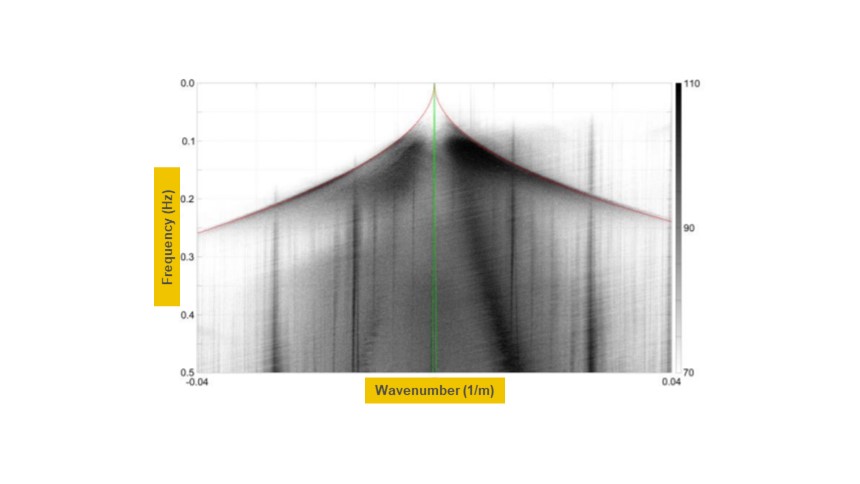The search for the optimal ultra-low-frequency source for marine seismic surveying has been spurred by the significance of FWI in improving imaging outcomes, explains Andrew Long. However, it has not been straightforward. Finding an efficient solution that generates high-amplitude low-frequency data remains a key historical challenge. On a brighter note, some recent progress is evident.
In this issue of Industry Insights, Andrew briefly compares elements of two low-frequency pneumatic source concepts from Sercel and ION, along with BP's mechanical resonator solution, before examining the relevance of the PGS eSeismic method, which acquires continuous wavefields from individually triggered air guns.
He also looks at methods to 'manufacture' additional low-frequency amplitude content, using either ambient noise interferometry or some form of machine learning. Finally, he considers deployment factors for the various solution, that may contaminate FWI efforts and present a challenge to model convergence.

Contact a PGS expert
If you have questions related to our business please send us an email.